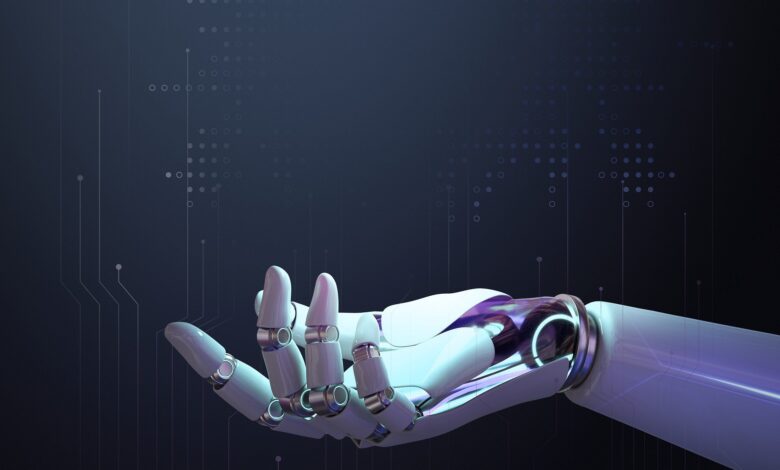
Businesses have never operated in more uncertain times. Market volatility, evolving customer expectations, and shrinking margins have made adaptability the ultimate competitive edge. In this environment, working smarter isn’t a luxury – it’s a necessity.
Automation has evolved from a tool for efficiency into a strategic imperative. It enables organizations to stay agile, empower teams, and fuel innovation, even amid constant disruption. By equipping employees with the right automation tools, companies can build a culture of flexibility and resilience – one that turns uncertainty into opportunity.
But not all automation is created equal. Traditional, rule-based workflows remain essential for handling structured, repeatable tasks at scale. Now, this solid foundation is being rapidly enhanced by AI and agentic automation – technologies that introduce adaptability, contextual awareness, and autonomous decision-making.
Together, they signal a shift: from rigid automation to intelligent, dynamic systems that can navigate the complexity of modern work and help businesses thrive in a data-driven, fast-changing world.
The value of rule-based automation
Conventional automation has prevailed across industries for years. Its predefined, deterministic rules excel at handling high-volume, repetitive work, and Gartner reports that 79% of corporate strategists deem this approach critical to success in 2025.
Recent advances in no-code, low-code platforms have pushed traditional automation further. Business leaders can now equip their teams with tools to automate tasks like invoice generation, purchase ordering, and customer testimonial collection, ensuring accuracy without adding extra burden. This approach empowers employees to build and manage their own workflows, driving faster execution and reducing errors.
Conventional automation enables speed and reliability, but it may get to a point where you need more flexibility, mainly when working with unstructured data, ambiguous inputs, or rapidly changing conditions
Putting intelligence at the heart of the workflow
In recent years, as AI has become pervasive in business, AI-powered automation – the use of software programs to automatically execute tasks with the help of artificial intelligence – has become essential across industries. Applied to process automation, AI enriches familiar step-by-step workflows with flexibility, adaptation, and a degree of humanness. Like traditional automation, AI-powered automation is a proven value driver and a remedy for repetitive tasks that benefit from some leeway in outcomes yet still follow a known path.
This fusion does not introduce something entirely new, rather, it marks a transition in the automation timeline. This middle ground is ideal for business processes that follow a defined path but gain from smarter decisions, such as fraud detection in loan approvals, dynamic pricing, or personalised marketing emails. Yet complex or evolving situations where context is paramount have, until now, required heavy human involvement.
True autonomy: agentic automation for a dynamic world
Agentic automation changed that equation. AI agents usher in the latest age of automation: instead of following strict rules, workflows become adaptive, context-aware, and autonomous.
While traditional automation remains the most effective way to manage clear-cut, rule-based processes, today’s more complex challenges demand solutions that go beyond fixed routines. Advanced systems must build on this foundation by integrating intelligence – the ability to adapt in real time, collaborate with other systems, and make decisions with little to no human input.
In short, these systems evolve basic automation into something more powerful: adaptive, context-aware capabilities designed for dynamic, unpredictable environments.
Agentic automation is the next step in this evolution. It enables software agents to independently perform non-deterministic, adaptive tasks. Operating in constantly changing conditions, these agents can respond to new inputs, simulate human-like reasoning, and continuously learn, making them well-suited for tasks that require flexibility, judgment, and ongoing adjustment.
In 2025, businesses need more than a tool that follows pre-programmed rules, they prefer intelligent agents that can adapt and agentic automation fulfills this need. With Gartner projecting that AI will manage 80% of customer interactions by 2030, and agent-like chatbots already edging toward that future – businesses need to consider their investments in agentic automation to stay ahead in the game.
Intentional investment
Automation’s evolution, from rules to intelligence to autonomy, mirrors the escalating demands on modern business.
Conventional automation continues to deliver unmatched efficiency for straightforward business processes, while AI automation introduces flexibility when rigid rules alone fall short.
Agentic automation, promising adaptive, human-like problem-solving at scale, represents the future of business operations. With 40 % of global leaders making AI a strategic priority and allocating additional budget to support it – many are turning to AI-powered automation or agentic automation, believing that moving beyond traditional automation can unlock new levels of success.
Nevertheless, conventional automation, AI-powered automation, and agentic automation are complementary layers rather than competitors. By balancing investments across all three, business leaders can build an operational engine that is efficient today and resilient tomorrow.





